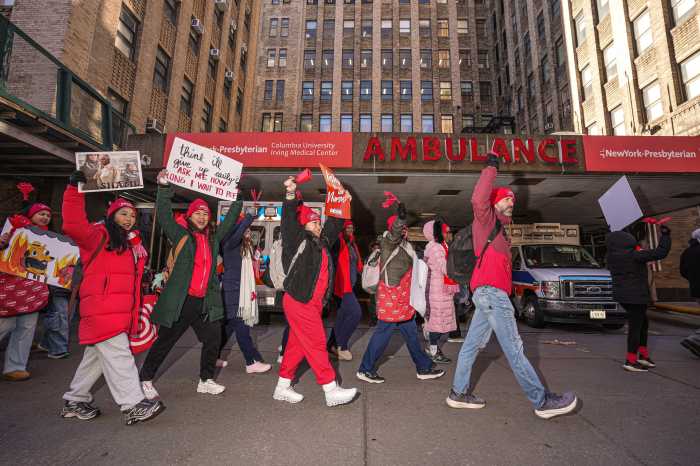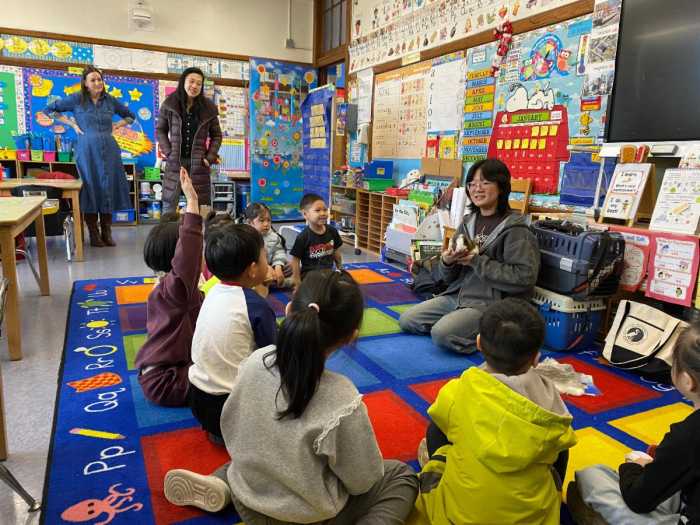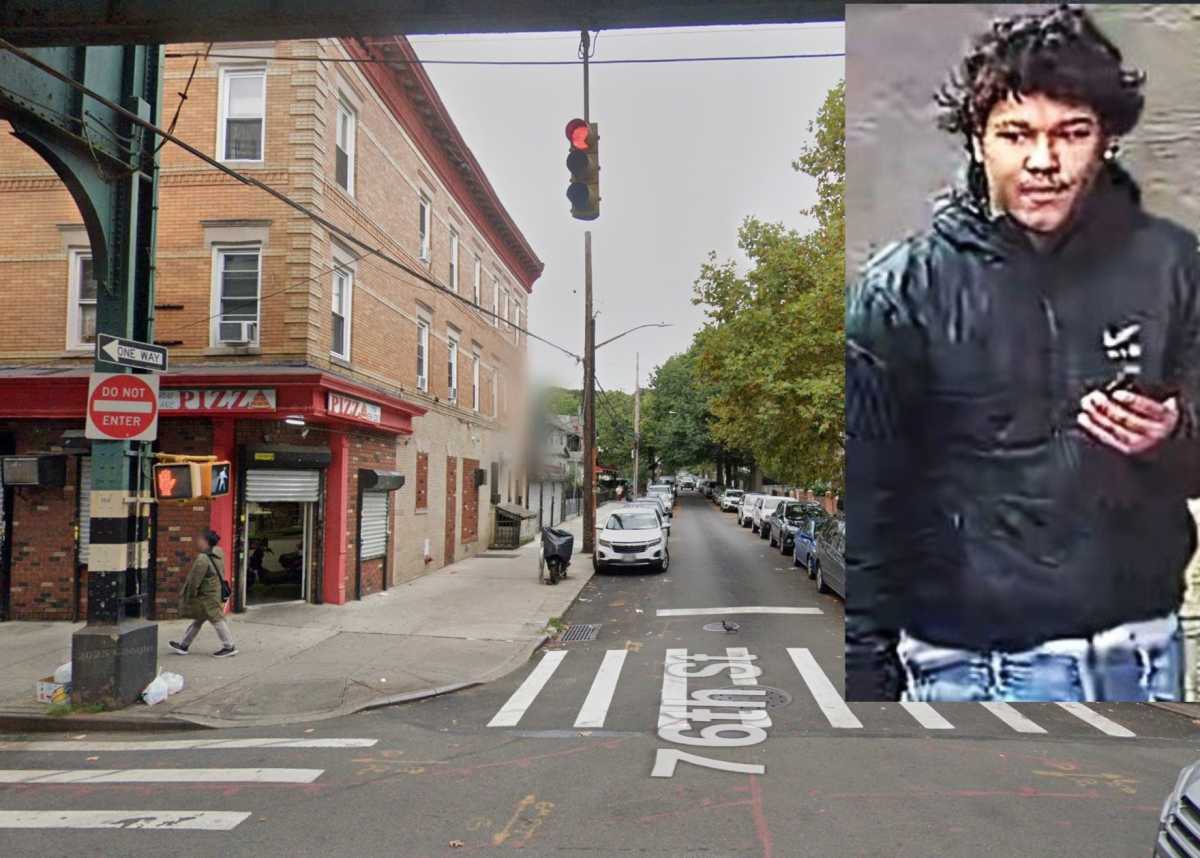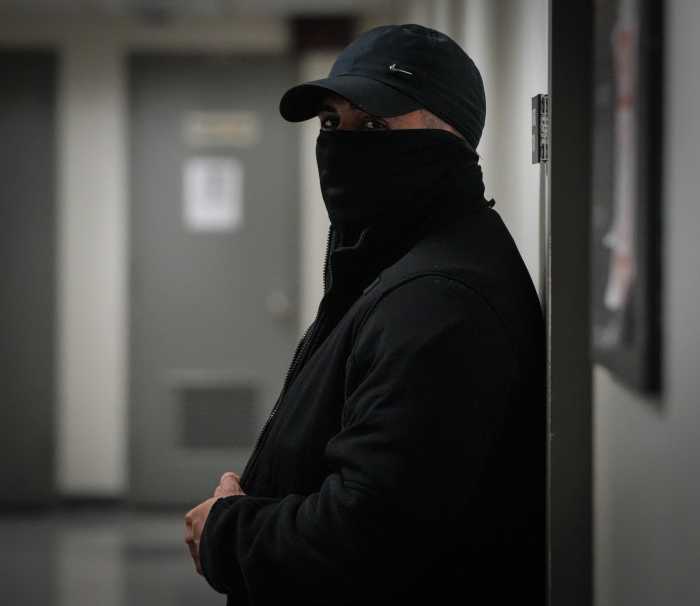Many St. John’s University students are frustrated to see the institution has increased its tuition as well as room and board for the 2020-21 academic year.
“I’m really concerned about how I’ll pay for my next year of college, as well as the whole St. John’s community,” said a rising junior at St. John’s, who asked to remain anonymous in fear of the university retaliating. “More students are questioning this decision because the majority of our classes will be online, so what am I paying for?”
The Catholic Vincentian university, with its main campus located in Jamaica, Queens, increased its undergraduate tuition from $41,900 (or $1,397 per credit) to $43,160 (or $1,439 per credit) — a 3 percent increase.
The private university has different schools with distinct tuition and credit fees, meaning fees vary for students depending on their year of graduation and degrees.
While the university’s room and board increased by 2 percent, there are fewer dorming options offered for their on- and off-campus housing locations. For their on-campus Residence Village, there are now only single and double dorm room options starting at $11,130. Last year, the Residence Village had seven types of dorming options.
A disclaimer at the top of their room and board page states rates and types of selections may change “due to ongoing planning and state and federal guidance for social distancing due to the Covid pandemic.” New housing applicants must pay a non-refundable $400 deposit.
The meal plans also increased by 3 percent.
‘We’re outraged’
Students created a petition asking the university to not raise the tuition for the fall, which has garnered more than 2,300 signatures at the time of publication.
Many students say they are shocked to see the university’s increased tuition without explanation, as students and their families are struggling financially amid the COVID-19 pandemic.
“I think it’s insane,” said a rising senior majoring in Legal Studies, who asked to remain anonymous. “They’re not hearing us, and choose not to cooperate or compromise. We’re outraged.”
That student created a spreadsheet with colleges in the state of New York and around the country, in which they found St. John’s is among the universities with an above average tuition increase.
In comparison, other Catholic and private universities like DePaul University and Molloy College have opted to freeze their tuition.
But St. John’s maintains the increase follows the national trend.
“St. John’s University provides our students with a world-class education by investing in our people, programs, and facilities with minimal impact on the price of tuition,” St. John’s Spokesperson Brian Browne told QNS. “And, in keeping with our commitment to an enhanced educational experience, our 2020-2021 academic year tuition will increase by 3 [percent], which remains below the national average.”
“As we move forward, we continue our dedication to assisting students most in financial need by way of the robust distribution of institutional financial aid, which this past year totaled more than $275 million and provided financial support to 96 [percent] of enrolled students,” Browne added.
The Legal Studies rising senior — who pointed out that their tuition has increased from $39,000 to almost $50,000 since they enrolled — said they’ve had issues with transparency about fees in the past.
They said they’re currently having a hard time getting answers from the Financial Aid’s office. Tuition payments for all students are due in full or on a payment plan on July 22.
The Westchester-based student, a first generation college student of Puerto Rican and Cuban descent, said they didn’t have to take out any loans in their first year thanks to a generous package in part due to attending a Catholic high school, but has applied for FAFSA loans the following years.
“They’re not very transparent with their students,” they said, referring to an instance when they asked what a “maintenance fee” on their bill was for, and was told by a Financial Aid staff member that it’s “not real.”
“If it’s not real, why does it add up in my bill?” the student said.
Other students are particularly concerned about the $250 technology fee.
When asked about this fee, St. John’s spokesperson pointed to the website’s description which states it’s assessed to all students that includes “the use and maintenance of the technology infrastructure, including wireless networking, general classroom technology, online content and specialized technology in lab spaces.”
COVID-19’s impact and university response
A few days before New York City announced schools would officially close on March 16, St. John’s informed students the university would cease in-person classes and told students who dormed they’d have to return home. Some students, including foreign and out-of-state students, were given the option to stay at one of their off-campus locations.
But that message came a few days after students returned from their spring break, meaning many had to purchase another flight in less than three days.
Many students said the process was confusing, as they had to leave belongings in their dorms with a pick-up date that wasn’t set until the end of May.
On top of that, some students felt the transition to remote learning wasn’t uniform. A saving grace for many of them was the university’s option to pass/fail their classes.
“Having courses switched to online was awful,” said Matthew Panchyk, a rising senior majoring in Cyber Security. “Half of my professors gave up, others gave assignments without notes or lectures. They just expected us to do the same amount of work with no actual teaching. I’m not looking forward to having another semester similar to that.”
St. John’s spokesperson noted the university created the St. John’s Emergency Fund to assist students and their families impacted by COVID-19 with tuition. For this fund, the university asked alumni and friends of the school to donate. They raised more than $100,000 by the end of May, according to their website.
“To date, we have already awarded more than $3.5 million to currently enrolled students who have experienced a loss of household income to assist with tuition,” Browne said.
The university also received $12.5 million from the federal government’s CARES Act, $6 million of which had to be used for emergency financial aid to students. The university disbursed $5.4 million funds to 10,330 students (they enrolled 19,748 students in the 2019-20 academic year) as of May 24, according to their website.
Students had to apply for each relief — which the university’s spokesperson clarified are different — via a survey sent to their school email in May. Some said they haven’t heard back from the university since then, and weren’t clear what made students qualify for relief.
The university’s CARES Act reporting page lists the requirements for students to receive the relief — Federal Pell Grant recipients automatically received $1,000, for instance.
A rising senior in the university’s School of Education, who asked to remain anonymous, said they haven’t received any aid or response from the university, which they guess might be because they don’t rely on FAFSA. That student, who resides on Long Island, contracted the virus in March along with two of their family members. One family member passed away.
“I’m okay now, I was incredibly lucky to experience the symptoms for a week,” the student said. “We were able to get through it without hospitalization.”
The student said they also worked in the university, which ended once it closed, but expected to return to work over the summer.
“I haven’t heard from anyone … it’s been weeks,” they said.
A rising sophomore majoring in Psychology, who asked to remain anonymous, said they haven’t received a response about the emergency fund, but did received $1,000 from the CARES Act as well as a refund for a little over half of their meal plan and housing.
When it comes to room and board, St. John’s spokesperson said they’ve refunded “pro-rated portion of the unused room and board charges” for the spring semester for students dorming in their New York locations and those studying abroad.
The student, who resides in New Jersey, said that while the university gave them thousands in financial aid, they still had to take out about $30,000 in loans. The student didn’t qualify for work study, and relies on their parents for support.
“My worries are money right now,” said the student, who resides in New Jersey. “I come from a single parent household, my dad gives me some money to pay for books, but due to the pandemic he was out of work for a while, since he couldn’t open his body shop.”
In response to students saying they haven’t heard from the university in regards to relief, the university spokesperson’s said “All students have received a response of whether or not they were eligible.”
“Any student that has not heard from us is encouraged to call our Call Center at 718-990-2000,” Browne said.
A ‘predominantly virtual environment’
In May, St. John’s student Shiv Patel filed a class action lawsuit claiming the school “wrongfully refused to refund students” their tuition for the spring 2020 semester that was shortened due to the pandemic.
When asked about the case, St. John’s spokesperson said the university doesn’t comment on ongoing lawsuits. When previously asked about refunds students have inquired about, including the housing refunds they gave back, Browne said tuition refunds weren’t considered because learning continued and students still earned credit.
On their website, the university notes the pandemic caused them to conduct their spring semester in a “predominantly virtual environment,” much like all higher education institutions, and “continues to reserve the right to alter its academic and campus offerings” in response to any future events.
New York University and Columbia University are among the universities across the country facing similar lawsuits following a tumultuous end to students’ academic year.
For the fall, St. John’s has come up with a plan that they say will consist of a “combination of on-campus face-to-face courses, courses in a hybrid format, as well as online classes,” according to the university’s student newspaper the Torch. The university also has plans for a gradual return to campus that began in June.
However, the Legal Studies student said all of their classes switched to online courses before St. John’s announced its plans. Other students are still waiting to hear whether they’ll be able to dorm.
Universities across the country face many unprecedented obstacles for the upcoming school year, including a possible decrease in enrollment. But for many students, COVID-19’s effects have led to uncertainty about their college careers, added financial woes and resounding concerns about the value of a mostly-online college experience.
St. John’s is known for it’s diverse student body, most of which is made up of students who are often the first in their families to pursue higher education in the United States. While the university prides itself in giving generous amounts of financial aid, many students say the financial burden is still substantial. The pandemic only increases that burden.
“They know the reality of their students, they know their demographics,” the School of Education student said. “People come from backgrounds that can’t pay this — and even if they can, who wants to pay more money for a lower quality education?”




































